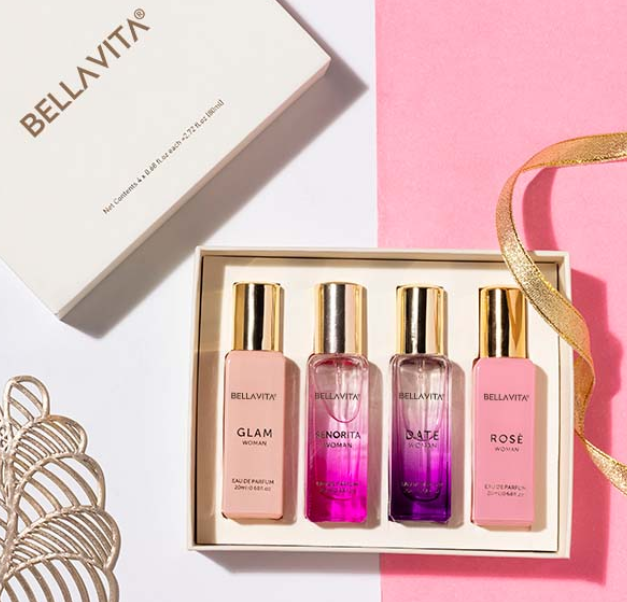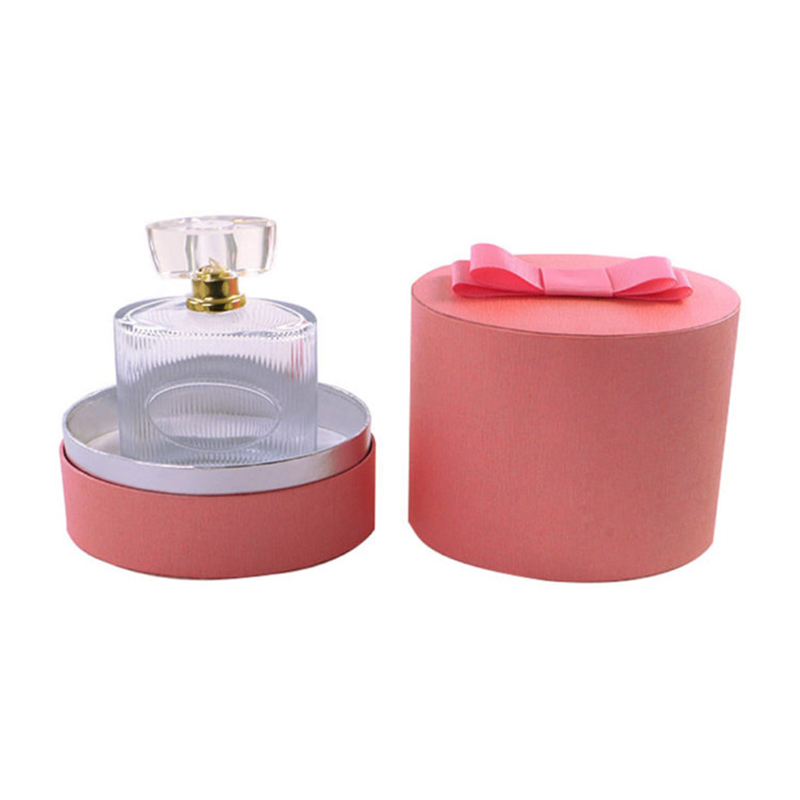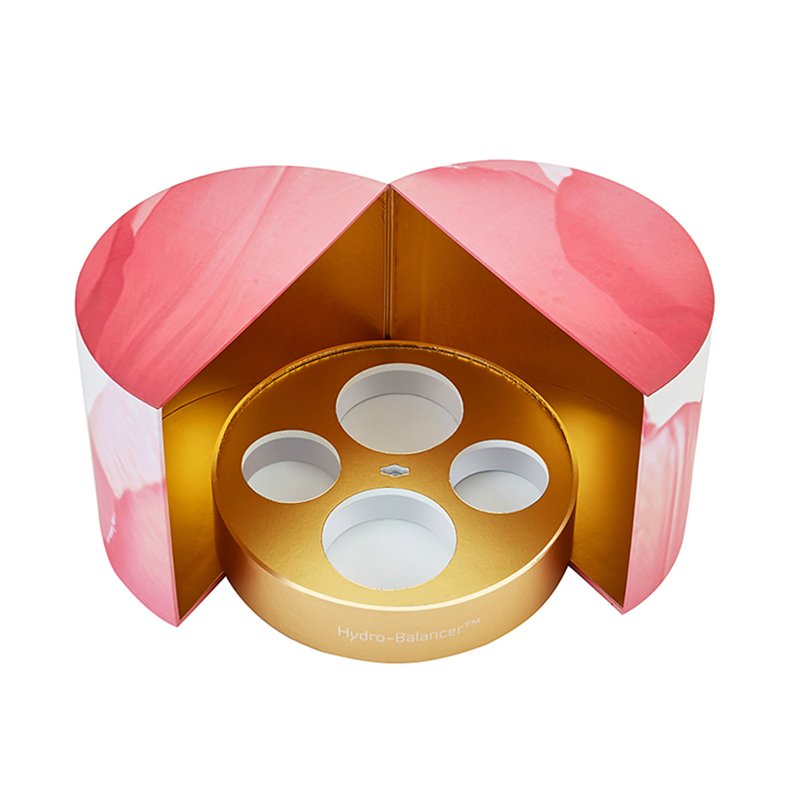- All
- Product Name
- Product Keyword
- Product Model
- Product Summary
- Product Description
- Multi Field Search
Views: 202 Author: XianDa Publish Time: 2025-01-23 Origin: Site

Content Menu
● Perfume Box Printing: A Comprehensive Guide
● The Importance of Perfume Box Packaging
● Materials Used in Perfume Box Manufacturing
● Printing Technologies for Perfume Boxes
● The Manufacturing Process of Perfume Boxes
● Video Demonstration of Perfume Box Manufacturing
● Sustainability in Perfume Packaging
● Innovations in Sustainable Packaging
● Choosing a Reliable Perfume Box Factory
● Trends in Perfume Box Design
● Frequently Asked Questions (FAQs)
The perfume industry thrives on aesthetics, and the packaging of fragrances plays a crucial role in attracting consumers. The perfume box not only protects the product but also serves as a canvas for branding and marketing. In this article, we will explore the various aspects of perfume box printing, including materials, printing technologies, design elements, and the manufacturing process involved in creating stunning perfume boxes. We will also delve into the significance of selecting a reliable perfume box factory to ensure quality and innovation.
Perfume boxes are essential for several reasons:
Protection: They safeguard the delicate glass bottles from damage during transportation and handling.
Branding: An eye-catching design can enhance brand recognition and appeal to target consumers.
Information: Boxes provide essential information about the fragrance, including ingredients and usage instructions.
Gift Appeal: Many consumers purchase perfumes as gifts. An attractive box can enhance the perceived value of the product.
The choice of material is critical in perfume box production. Common materials include:
Cardboard: Lightweight and easily customizable, cardboard is a popular choice for many brands. It can be coated or laminated for added durability and aesthetics.
Kraft Paper: Known for its eco-friendliness, Kraft paper offers a rustic look that appeals to environmentally conscious consumers. It is often used for organic or natural fragrance lines.
Acrylic: This modern material allows for transparent designs, showcasing the product inside. Acrylic boxes can be molded into unique shapes that stand out on shelves.
Wood: Wooden boxes convey luxury and exclusivity, making them suitable for high-end fragrances. They can be engraved or printed with intricate designs.
Foam Inserts: Often used in conjunction with other materials, foam inserts provide additional protection for fragile bottles while adding a touch of elegance.


The visual appeal of perfume boxes is largely determined by the printing techniques used. Here are some popular methods:
Offset Printing: This traditional method provides high-quality images and is widely used for large production runs. It allows for vibrant colors and precise details.
Digital Printing: Ideal for smaller batches, digital printing allows for quick changes in design without significant setup costs. It is perfect for limited edition releases or personalized packaging.
UV Printing: This technique uses ultraviolet light to cure inks, resulting in vibrant colors and durability. UV printing is resistant to fading and scratches, making it ideal for high-end products.
Hot Stamping: A method that applies metallic foils to create luxurious finishes on packaging. This technique adds a tactile element that enhances consumer experience.
Varnishing: This adds a protective layer to printed surfaces, enhancing durability and visual appeal. Spot varnishing can highlight specific areas, creating contrast with matte finishes.
Screen Printing: This method is often used for special effects like textured finishes or multi-layered designs. It allows for unique artistic expressions that can differentiate a brand.
Creating a perfume box involves several meticulous steps:
Design Conceptualization: The process begins with brainstorming ideas that align with the brand's identity. Designers often create mood boards to visualize themes and color palettes.
Material Selection: Choosing the right materials based on durability, aesthetics, and environmental impact is crucial. Brands may opt for sustainable options to appeal to eco-conscious consumers.
Die-Cutting: Precision cutting of the chosen material to create the desired shape of the box is performed using specialized machinery. This step ensures accuracy in dimensions and design elements.
Printing: Utilizing selected printing technologies to bring designs to life involves careful calibration of colors and alignment to ensure high-quality output.
Finishing Touches: Applying coatings like embossing or debossing adds texture and depth to the packaging, making it visually appealing and tactilely engaging.
Assembly: Folding, gluing, and securing components to form a complete box requires skilled labor or automated processes to ensure consistency across batches.
Quality Control: Rigorous inspection ensures that each box meets quality standards before packaging. This step is vital to maintain brand reputation and consumer trust.
Packaging and Shipping: Finally, finished boxes are packaged securely for shipping to retailers or directly to consumers, ensuring they arrive in pristine condition.
To gain a clearer understanding of the manufacturing process, you can watch this informative video that outlines each step involved in creating a perfume box:Perfume Box Manufacturing Process
When designing a perfume box, several elements should be taken into account:
Color Scheme: Colors should reflect the fragrance's essence and target audience. For example, floral scents may benefit from soft pastels while woody fragrances might use deeper tones.
Typography: Font choices should be legible yet stylish to convey brand identity effectively. Custom typography can add uniqueness to packaging.


Imagery: Graphics or illustrations can enhance visual storytelling but should not overwhelm the design. Subtle patterns or textures can add depth without distracting from key information.
Shape and Structure: The physical shape of the box can influence consumer perception; unique shapes can stand out on shelves but must still be functional for storage and transport.
With increasing consumer awareness about sustainability, many brands are opting for eco-friendly packaging solutions. This includes using recyclable materials and sustainable inks in printing processes. A commitment to sustainability can significantly enhance brand reputation among environmentally conscious consumers.
Biodegradable Materials: Some manufacturers are exploring biodegradable options that break down naturally over time, reducing environmental impact.
Minimalist Design: Brands are adopting minimalist designs that require less material without compromising aesthetics or functionality.
Refillable Packaging: Offering refillable options encourages consumers to reuse packaging rather than dispose of it after one use.
Plant-Based Inks: Using inks derived from natural sources reduces harmful chemicals in traditional inks while maintaining vibrant colors.
Supply Chain Transparency: Brands are increasingly transparent about their sourcing practices, allowing consumers to make informed choices about their purchases.
Selecting the right perfume box factory is crucial for ensuring quality production. Here are some factors to consider:
Experience: Look for manufacturers with a proven track record in producing high-quality perfume boxes over several years.
Technology: Ensure they utilize modern printing technologies for better results; advanced machinery often leads to superior outcomes.
Customization Options: A good factory should offer a wide range of customization options including size, shape, material choices, and finishing techniques tailored to specific branding needs.
Sustainability Practices: Check if they follow eco-friendly practices in their manufacturing processes; sustainability is increasingly important to consumers today.
Client Testimonials and Portfolio: Reviewing past work through portfolios or client testimonials can provide insight into their capabilities and reliability as a partner.
As consumer preferences evolve, so do trends in perfume box design:
Luxury Finishes: High-end brands are increasingly incorporating luxury finishes such as soft-touch coatings or metallic foils.
Interactive Packaging: Some brands are experimenting with interactive elements like QR codes that lead consumers to online content related to the fragrance.
Artistic Collaborations: Collaborations with artists or designers can result in limited-edition boxes that become collector's items.
Cultural Influences: Incorporating cultural motifs or themes can resonate with specific demographics or celebrate diversity within fragrance offerings.
Smart Packaging Technologies: Innovations such as NFC (Near Field Communication) tags allow brands to engage consumers digitally through their packaging by providing additional product information or promotions via smartphones.
In conclusion, perfume box printing is an intricate process that combines artistry with engineering. From material selection to printing technologies and design elements, every aspect plays a vital role in creating an attractive package that resonates with consumers. By partnering with an experienced perfume box factory, brands can elevate their packaging game and enhance their market presence while meeting consumer demands for sustainability and innovation.

What materials are commonly used for perfume boxes?
Common materials include cardboard, Kraft paper, acrylic, wood, and foam inserts designed for protection.
What printing techniques are best for perfume boxes?
Offset printing, digital printing, UV printing, hot stamping, varnishing, and screen printing are popular methods depending on design needs.
Why is sustainability important in perfume packaging?
Sustainable packaging appeals to environmentally conscious consumers while reducing ecological impact; it enhances brand reputation too.
How can I choose the right perfume box factory?
Look for experience in production quality; assess technology used; inquire about customization options; check sustainability practices; review client testimonials or portfolios.
What design elements should I consider for my perfume box?
Consider color schemes reflecting fragrance essence; typography conveying brand identity; imagery enhancing storytelling; shape influencing shelf presence; finishing touches adding tactile appeal.